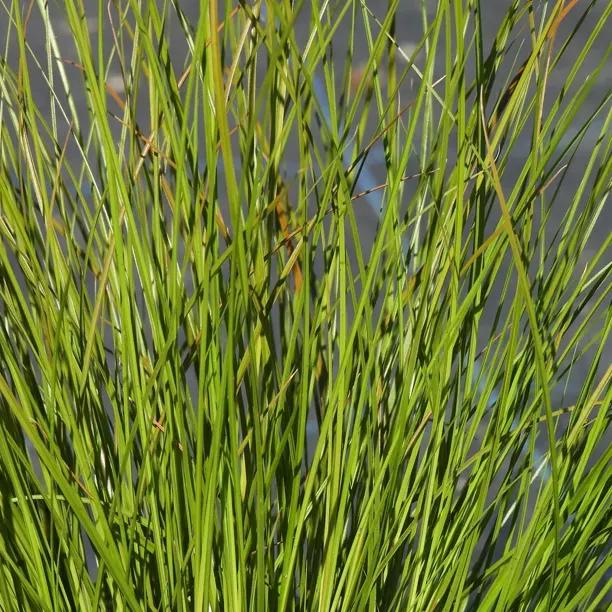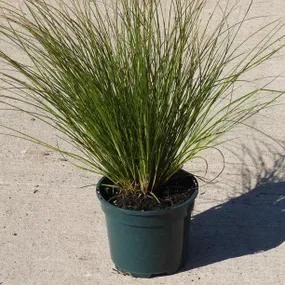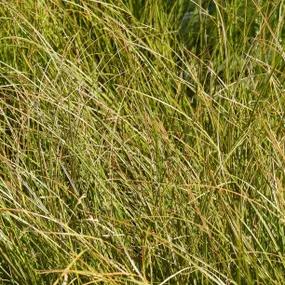Prairie Fire Sedge Grass Plants
Honest Delivery PricesCarex testacea
- Foliage is green at the base with bronze-orange blades.
- Clump forming
- Inconspicuous, small flowers
- Likes moist conditions, tolerates shade well
- Low filler plants, good in pots
- To 60cm x 60cm
Recommended extras
Description
Carex testacea 'Prairie Fire' Sedge - 2 Litre Pot-Grown Plants
This jolly sedge is one of the most beautiful of the ornamental grasses and is a great filler plant for the front of the border. It maintains a quite bright tuft of autumn bronze-straw-orange arching foliage all year round, with a little green at the base. Recommended for North facing locations.
Browse all of our other grasses & sedges, or perennial plants.
Features
- Foliage is green at the base with bronze-orange blades.
- Clump forming
- Inconspicuous, small flowers
- Likes moist conditions, tolerates shade well
- Low filler plants, good in pots
- To 60cm x 60cm
Growing 'Prairie Fire' Sedge
Sedges are tough and shade-tolerant, great low filler plants. Their favourite soil is both moist and well drained: banks close to water are good.
They are not ideal for dry rockeries like many grass varieties, but with help can establish in quite dry, rocky places where they have shade, shelter, and access to some depth of soil that won't dry out easily: North facing rockeries would be their first choice.
Shear them down to low mounds in early Spring to make way for new growth.
In Your Garden Design
The name says it all: this lively grass with its fiery colouring is perfect for a rich autumnal border with brightly hued dahlias such as a David Howard and Gallery Vincent, as well as a Sanguisorba 'Tanna' and a Heuchera Ginger Ale or Marmalade. You can also pair with Stipa tenuissima to create a prairie-scheme look and cheer up terraces by placing in pots with primula in spring and petunias in summer. They also look brilliant with salvias.
Did You Know?
Grasses are thought to be one of the first plants to be cultivated by ancient man, largely for cereal purposes for food. But these days as the species have been developed, they have become ornamental grasses which are peaking as a trend thanks to the Dutch garden designer Piet Oudolf who has made prairie planting schemes using a loose and naturalistic mixture of grasses and perennials fashionable. The style ends up looking effortless but it is based on years of careful thought on how to create the look, experimenting in his garden in Hummelo, 75 miles east of Amerstam. He started with perennials when they weren't particularly fashionable and then mixed them in with grasses in their native setting - a notoriously challenging idea when grasses can be inclined to take over. One of his best known gardens is in New York on an elevated abandoned railroad. Another is close to Ashridge, in Bruton at the Hauser & Wirth Somerset contemporary art gallery.




